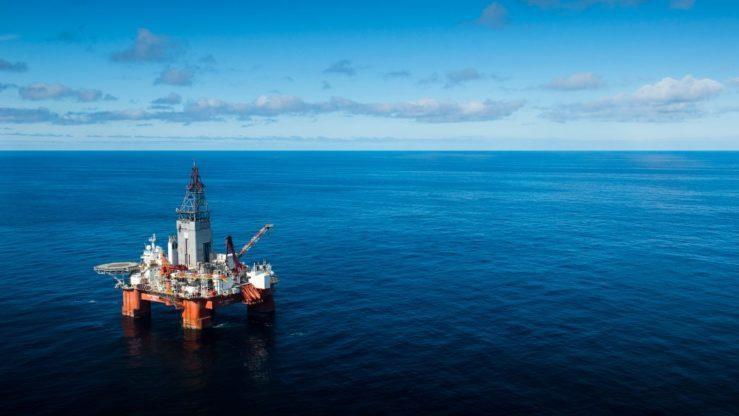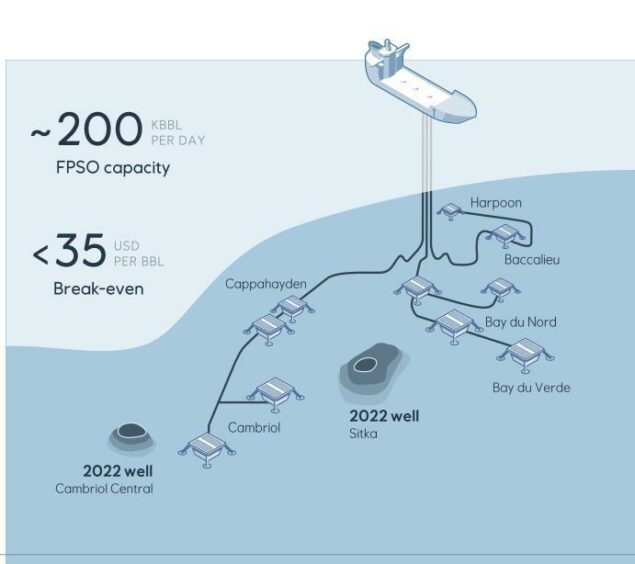
The Canadian government has approved Equinor’s Bay du Nord project, albeit with the strongest ever greenhouse gas conditions.
Minister of Environment and Climate Change Steven Guilbeault accepted the findings from the Impact Assessment Agency of Canada, he said.
Guilbeault said the project could go ahead “subject to some of the strongest environmental conditions ever, including the historic requirement for an oil and gas project to reach net-zero emissions by 2050”.
As demand for oil and gas falls, the minister said, it is “more important than ever” that Canadian projects have “best-in-class, low-emissions performance [in order] to play a competitive role”.
Equinor welcomed the decision.
“This is an important milestone for the Bay du Nord development project. Equinor continues its work to mature the Bay du Nord development project in co-operation with our partners BP and Cenovus. A final investment decision is anticipated in the next couple of years, and we believe first oil could be achieved late-2028,” a representative for the Norwegian company said.
Equinor made its first discovery in the Flemish Pass Basin in 2013. It found more resources in 2015, 2016 and 2020. The company is planning to drill two more wells in the area this year, at Cambriol East and Sitka.
The Norwegian company intends to develop six fields under its Bay du Nord plan, using a 200,000 barrel per day floating production, storage and offloading (FPSO). It has said breakeven for the project would be less than $35 per barrel.
The plan for Bay du Nord involves 40 wells in five locations. There is the possibility of another 20 in future. The operator would export oil by shuttle tanker to local facilities or direct to international markets.
Conditions on emissions
The decision statement sets out 137 conditions for Equinor over the life of the project. The FPSO would be around 500 km east of St John’s, in Newfoundland and Labrador.
The conditions include requirements on emissions, fish habitat protection, birds, air quality, human health and indigenous peoples’ access.
Equinor will report to Environment and Climate Change Canada and to the Canada-Newfoundland and Labrador Offshore Petroleum Board (C-NLOPB). Failure to comply would be a violation of federal law.
Bay du Nord will emit five times less than the average Canadian project. Furthermore, it will emit 10 times less than the average oil sands project. The project will emit around 8 kg of CO2 per barrel produced.
As such, the government said the project fit with its aim to cut emissions by 40% by 2030, from 2005 levels.
The move comes as part of a broader push by the Canadian federal government, with new projects being required to show a “best in class” emissions performance.
“Fuels that are produced in an ultra-low carbon fashion will have significant value internationally going forward, and Canada is positioned to provide these fuels as part of our broader suite of domestic and international climate measures,” said Minister of Natural Resources Jonathan Wilkinson.
The oil and gas sector accounted for 26% of Canada’s emissions in 2019, the single largest source.
Equinor will now be able to obtain additional approvals from federal departments, in addition to the C-NLOPB regulator.
The statement noted the Newfoundland and Labrador agency was also expanding its mandate. It will now have oversight of offshore wind and clean hydrogen.
Canada expects the project would provide $3.5 billion in government revenue. It will also be a major contributor to the province’s economy.

 © Supplied by Equinor
© Supplied by Equinor